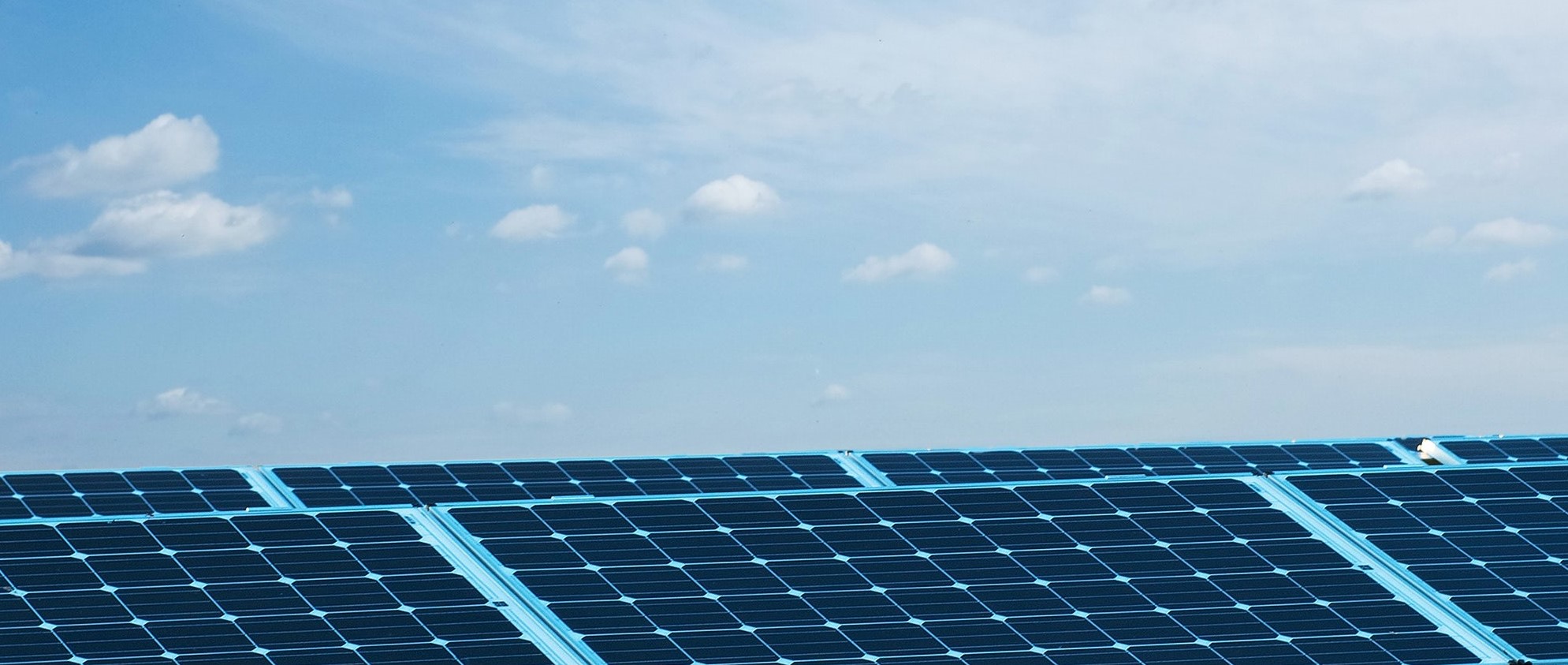
01 Apr 2021 / Market
More than 20 years have passed since the Renewable Energy Sources Act (EEG) came into force in Germany. For many solar installations, the 20-year subsidy period is now coming to an end and, by the end of 2025, almost 195,000 PV systems will no longer be eligible for support. In mid-December 2020, a reform of the EEG - EEG 2021 - was passed that clarified what will happen to subsidized systems after the subsidy period expires. One notable part of this amendment was the introduction of indirect incentives for PV system operators to refit their systems for self-consumption. To maximize self-consumption, it is beneficial for them to have their own electricity storage system. Therefore, battery providers can boost customer interest by offering an attractive bundle product combining storage solutions with a residual electricity tariff.
Consequences of EEG 2021 for systems no longer eligible for the subsidy
To promote solar energy expansion, the first EEG guaranteed a high remuneration for feeding solar power into the grid. This high subsidy was set in place for 20 years. In order to take full advantage of it, the majority of plants were operated as full feed-in systems. This method meant that plants' electricity was fed into the grid in its entirety, with the producer's own consumption covered by a separate electricity contract.
According to EEG 2021, after the subsidy expires producers can continue to have the option to feed their entire electricity into the grid. If they choose this approach, they receive the annual market value for the electricity, minus an aggregation flat charge through a subsidy follow-up scheme by the distribution system operator. The average annual market value over the last three years is 3.72 cent/kWh. This value is significantly lower than the feed-in tariff previously paid to producers, making continued operation as full feed-in producers less profitable. Instead, producers can save on electricity costs by switching to self-consumption and only feeding their surplus electricity back to the grid.
A new market segment for battery suppliers
Many producers don't own energy storage solutions yet, as it is unnecessary for full feed-in. However, as soon as producers decide to self-consume their home-produced electricity, a storage solution provides an immediate advantage.
Producers could also convert their systems to self-consumption without a battery. However, their self-consumption would then only be around 30%, depending on the system's size and the consumption times. By upgrading systems to include a battery, producers have the opportunity to maximize self-consumption and benefit from savings on residual electricity.
PV refitting and residual electricity tariff from one source
This approach opens up a new market segment for battery suppliers: operators of formerly subsidized systems who want to convert to and maximize self-consumption via battery storage. An attractive offer for this new target group would be a bundled product combining the required hardware with a green residual electricity tariff, as it will save customers money, time and the hassle of managing multiple products.
We can help battery suppliers build and introduce this type of bundled product. We take care of the power market processes and enable the integration of additional products through our comprehensive billing functions. For example, we could integrate time-limited bonus payments to create a further incentive for producers.
Such a solution ensures the continued economic operation of formerly subsidized plants and enables new, interesting business models that benefit all parties.
If you would like to learn more about bundling your hardware offering with a residual electricity tariff, please feel free to contact us.
Connect with us on LinkedIn and sign up for our newsletter to stay up-to-date with our news.